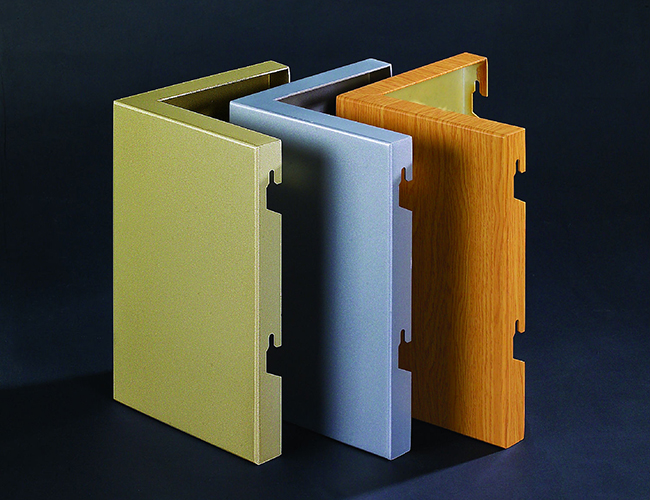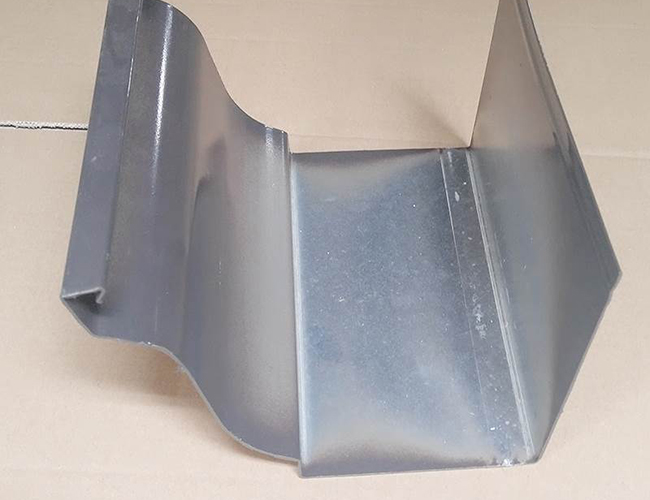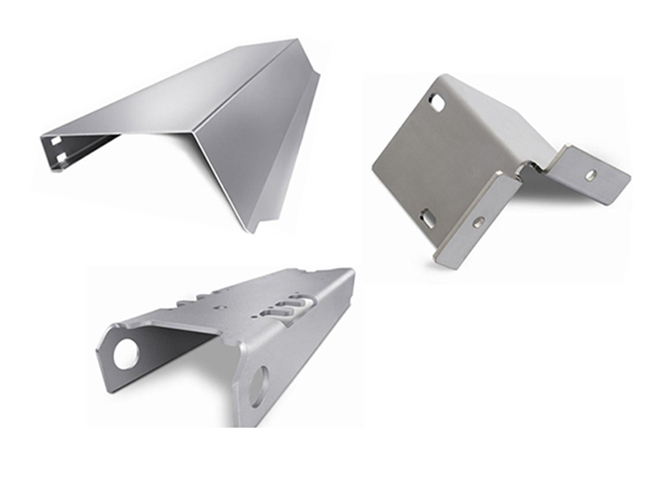



Sheet metal bending refers to the processing of change the angle of sheet metal. At present, JAVA Metal mainly using the bending machine processing the peoduct.
The company is equipped with advanced high-precision bending machines, which can meet all kinds of sheet metal bending needs.

Sheet metal bending is a metalworking technique used to turn flat sheet metal parts into V-shapes, U-shapes or grooves.
This is an important and convenient manufacturing process because bending a flat sheet of metal into a new shape is much cheaper than machining a V, U or channel shape from a solid workpiece or casting it in a foundry. In addition, the bending produces parts that are stronger than, for example, welding two flat sheets of metal into a V shape.
Sheet metal bending equipment
The most important sheet metal bending equipment is the brake, which comes in several different forms:

A cornice brake is a simple bending machine - and the most widely used brake in manufacturing - which clamps a sheet of metal on a flat surface and then bends straight using force through the movement of movable bending blades or simple crease.
A press brake is a type of press brake that uses a moving punch and corresponding die. During this process, a metal sheet is placed on the die and the punch is forced into the metal, forcing it into the die. Depending on the shape of the die, a press brake can be used to create V-bends, U-bends, and other shapes.

Box brakes (also known as finger brakes) are another type of press brake that use a row of metal "fingers" to achieve multiple custom bends. As the name suggests, box disc brakes are often used to make custom-sized boxes.
A bar folding machine is a small and simple bending machine with a handle that grips a sheet of metal and bends it in a single motion.
Types of sheet metal bending
1、Air bending
Air bending is a bending bending method in which a punch presses a sheet of metal into a die, but not so far that it touches the walls of the die.
This method is not as accurate as the other methods, but it is very flexible: it can be used to make V, U, and other shaped bends. This is partly because the die geometry does not need to correspond exactly to the desired sheet metal bend, as there is no contact between the two surfaces.
2、Bottoming
Bottoming is another method of bending and bending. During priming, the punch presses the sheet metal completely into the die, creating a bend that corresponds to the die's internal geometry. It is used to make V-bends.
3、Stamping
Stamping is a more expensive type of bend bending in which the punch is lowered in the sheet metal and die with more force, resulting in permanent deformation with little springback.
4、Foldable
Folding can be done on machines such as cornice brakes or pole-folders. Clamp the sheet metal in place before the clamping beam is raised to bend the metal around the contour. Folds achieve V-bends and allow positive or negative bend angles.
5、Wipe
Wipe (or edge bending or wipe bending) is another bending method suitable for use with machinery such as cornice brakes and rebar folding machines (and in some cases press brakes). It is faster than folding but will cause more damage to the sheet metal surface.
6、Roll Bend
Roll bending is probably the most unique sheet metal bending process due to the machinery used. The roll-bending system has three cylindrical rollers that bend sheet metal into an arc, so it can be used to make pipes, tubes and other round parts.
Springback after sheet metal bending
When sheet metal is bent into a new shape, it will naturally spring back to some extent after the bending force is removed. This is called "springback".
Springback occurs due to the compressive strength of the bent sheet metal. When sheet metal is bent, one side is stretched in tension and the other in compression; however, because the compressive strength of the material is higher than the tensile strength, the compressed side successfully resists deformation and decompresses itself when the force is removed.
Sheet metal bending allowance
When a sheet of metal is bent, the outside of the bend is stretched, so its dimensions change. This means, for example, that the total length of the two legs of the V-bend will be longer than the original length of the sheet.
So how do we accurately design a part to make sure it fits together with other components if the dimensions change? How do we decide how long a flat sheet of metal must be? To compensate for the change in size, we must account for the bend allowance: the difference between the length of the unfolded plate and the sum of the lengths of each leg of the finished bent part.
Bend allowance calculations take into account factors such as sheet metal thickness, bend radius, and bend angle. The required bend allowance for sheet metal parts can be calculated using the Bend Allowance Calculator.
Best Sheet Metal Materials and Gauges for Bending
Some sheet metal materials are more suitable for bending than others. In general, the best bending materials are ductile rather than brittle.
Common materials for sheet metal bending include:
Mild steel: bendable at any temperature.
Spring Steel: Bendable after annealing.
Alloy Steel 4140: Bendable after annealing.
Aluminum 5052: Highly bendable compared to other aluminum alloys.
Copper: Highly bendable.
Materials that are harder to bend (though not impossible) include aluminum 6061, titanium, brass, and bronze.
Main Advantages
Stable and durable:All imported servo motors are used to ensure the precision and stability of the machinery.
High accuracy:The lead screws and guide rails are imported C5 grade products with high accuracy, excellent performance and long service life.
The min movement Setting Unit of D-axis: 0.005mm